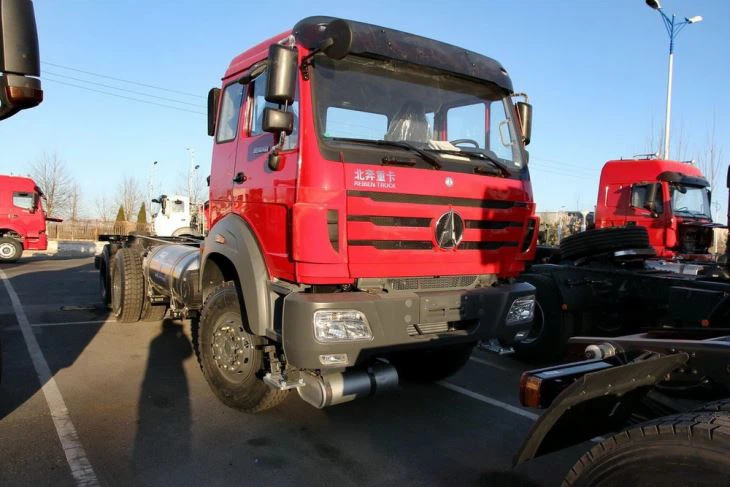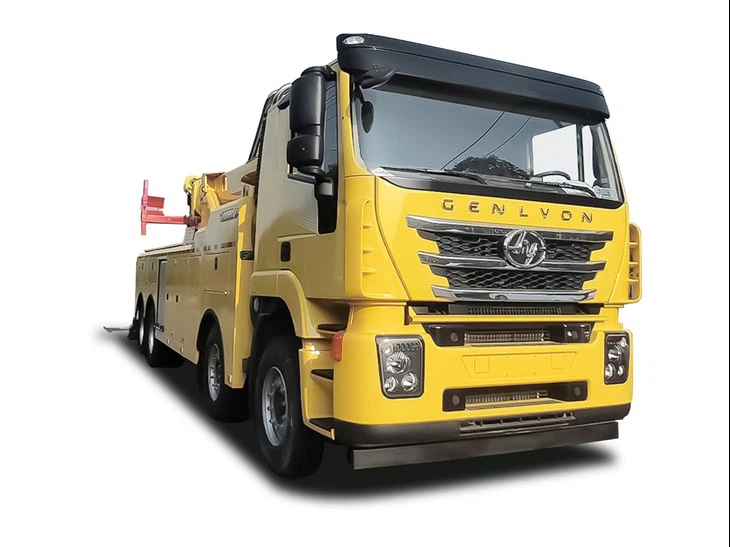Understanding CKD Automobile: A Comprehensive Guide

Introduction to CKD Automobiles
CKD, which stands for Completely Knocked Down, refers to a method of manufacturing automobiles where the vehicle is shipped in parts and then assembled in another country or region. This approach has gained popularity among automotive manufacturers looking to optimize their production costs and increase their presence in foreign markets. The CKD model allows automakers to bypass certain import taxes and tariffs, making it a favorable alternative to importing fully assembled vehicles.
The Rise of CKD in the Automotive Industry
Historical Background
The CKD model traces its roots back to the mid-20th century when global automotive companies sought to expand their reach. By shipping vehicle components rather than entire assembled units, manufacturers found it easier to set up local operations in various markets. Countries like India, Brazil, and South Africa became hotspots for CKD assembly due to favorable economic conditions and government incentives.
Benefits of CKD Manufacturing
There are several significant benefits associated with CKD automobile manufacturing:
- Cost Efficiency: CKD allows companies to reduce shipping costs and import duties.
- Market Penetration: Automakers can quickly enter new markets without the need for extensive local manufacturing plants.
- Customizability: Local assembly enables customization to meet particular regional preferences and regulations.
How CKD Works
The CKD Process
The CKD process involves several key steps:
- Manufacturing Components: Automakers produce individual parts and components of the vehicle.
- Shipping Parts: These components are then shipped to a specific destination where they will be assembled.
- Local Assembly: Workers at a local assembly plant put together the vehicle using the shipped components.
- Quality Control: Finished vehicles undergo quality checks before being delivered to dealerships.
Components Typically Included in CKD Shipments
| Component | Description |
|---|---|
| Chassis | The base frame of the vehicle that supports the body and various systems. |
| Engine | The power unit that drives the vehicle. |
| Body Panels | Exterior parts such as doors, hoods, and roofs that shape the vehicle. |
| Interior Components | Dashboards, seats, and other essential interior fittings. |
The Global Impact of CKD Automobile Manufacturing
Economic Contributions
CKD assembly has proven to be a significant contributor to local economies. By creating jobs and fostering skill development, CKD operations can lead to long-term economic benefits for the hosting country.

Environmental Considerations
Manufacturers adopting CKD methods can have a positive environmental impact due to reduced carbon footprints associated with shipping and local sourcing of materials. Additionally, local assembly can lower emissions linked to transportation.
Case Studies of CKD Automobile Manufacturers
Case Study: Honda in India

Honda has successfully utilized the CKD model in India, allowing it to cater to the demands of the Indian market while keeping manufacturing costs manageable. The production facility assembles various popular models, leading to substantial market growth.
Case Study: BMW in South Africa
BMW’s CKD operations in South Africa have demonstrated how automotive giants can thrive in emerging markets. By assembling luxury vehicles locally, they have effectively reduced costs, provided jobs, and catered to regional preferences.
Challenges Faced in CKD Automobile Manufacturing
Logistical Challenges
Managing the logistics of transporting parts internationally can be complicated. Delays or damage during shipping can hinder production schedules.
Regulatory Hurdles
Each country has specific regulations governing vehicle assembly and manufacturing. Adhering to these regulations while maintaining profitability can be challenging for CKD operations.
Future of CKD Automobiles
Emerging Markets
Emerging markets, particularly in Asia and Africa, are expected to see significant growth in CKD manufacturing due to increasing automobile demand and government incentives. Brands are likely to invest in local assembly to capitalize on growing purchasing power.
Technological Advances
Advancements in technology and automation could enhance the CKD process, improving assembly line efficiency and reducing costs. The integration of robotics and AI in assembling vehicles may reshape CKD operations in the future.
Practical Tips for Consumers Considering CKD Assembled Vehicles
Research the Manufacturer
Before purchasing a CKD vehicle, consumers should research the automaker’s reputation, especially regarding quality control and after-sales services.
Check Warranty and Service Options
Understanding warranty coverage and service options is crucial since local assembly might have different terms than fully assembled vehicles.
Look for Reviews
Reading consumer reviews can provide insights into the performance and reliability of CKD-assembled vehicles.

Frequently Asked Questions
1. What does CKD stand for in the automotive industry?
CKD stands for Completely Knocked Down, referring to a manufacturing method where components of a vehicle are shipped and assembled locally.
2. Why do manufacturers use the CKD model?
Manufacturers use the CKD model to reduce shipping costs, avoid high import tariffs, and facilitate easier entry into new markets.
3. Are CKD vehicles of lower quality than fully assembled cars?
No, CKD vehicles are not inherently of lower quality. Many reputable manufacturers follow strict quality control measures during assembly.
4. Can CKD vehicles be customized?
Yes, local assembly allows for customization to meet regional preferences and regulatory demands.
5. What are the potential downsides of buying a CKD vehicle?
Some potential downsides may include concerns regarding after-sales support and warranty differences compared to fully assembled vehicles.
6. Which countries are known for CKD automobile production?
Countries like India, South Africa, Brazil, and Thailand are known for their CKD automobile production due to supportive policies and growing markets.
